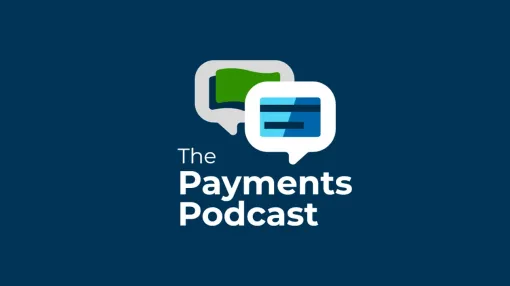Before it gets too far into the rearview mirror, the recently wrapped Association of Financial Professionals conference deserves a second look. The Bottomline team attending in San Diego all reported productive client meetings, insightful panel discussions and a general positive vibe from the event. As the group’s director of treasury services and payments, Tom Hunt, told us recently, the talks around real-time payments and artificial intelligence pulled the best overall attendance. Our team attended those sessions, saw the same emphasis but put a little more of a business payments spin on the show’s content. Here are three exemplary reports filed as the show closed.
Senior director of product management Lynne Herrman was impressed with the panel sessions around finding balance in B2B payments, especially given the pressure in today’s environment to provide ROI metrics around accounts payable (AP) and accounts receivable (AR) automation. “In an era where digital tools are proliferating, all companies need to be clear on what they’re trying to accomplish within the payments ecosystem and make sure their teams are all on the same page,” she said. “It might seem obvious, but solutions can fail without this clarity.”
Herrman attended the opening day meeting of the Business Payments Coalition at AFP. The BPC is a volunteer advocacy group sponsored and facilitated by The Federal Reserve. The group has existed for seven years with the stated goal of promoting greater adoption of electronic B2B payments and making them more efficient across both the procure-to-pay and order-to-cash processes. Herrman noted three key updates from the BPC. One: Promotion of the “Exchange Framework,” which is in use by a sub-group of companies called the “Digital Business Networks Alliance (DBN).” The DBN started out focusing on the technology necessary to form an e-invoice exchange, but it will shift to business issues that would make such a network possible, including governance, policy, rules and user guidelines. Two: A similar E-Remittance Exchange Network was moved from validation to pilot as a path to encourage the exchange of remittance data among premium vendors. The pilot will be live in June 2024. And three: the BPC is investigating potential synergies between real-time payments and the Exchange Framework.
Senior account executive Kevin Monroe worked the event from a corporate payments perspective. While the general interest centered around treasury solutions, he picked up strong curiosity around rebates for ACH payments. The conversation around the evils of paper checks gets a predictable reaction, he said, but when it turns toward driving rebates on ACH, the attendees snapped to attention. For example, Monroe had a conversation in which the impact of electronic payments was substantial. But when those efficiencies were coupled with a projected ACH rebate of $250k+ on an annual spend of about $800 million, the client started asking more informed questions about implementation and ROI.
“I found that most of the companies in attendance were mid-to-large-sized corporates,” Monroe said. “Nearly all of them had a card-based business payments program with their bank and were earning some level of rebates through them. But there was also a lot of interest around complementing those programs and moving the rebate needle even further. Premium ACH capability can help these companies monetize and automate as much of their payment volume as possible.”
Marketing director Sean Guilfoyle was intrigued by a session on capturing opportunities in the $137 trillion B2B payments market. The session anchored on a research whitepaper from Edgar, Dunn and Company. It found that at least 47% of its respondents still struggle with manual B2B payments processes and 38% struggle with cash flow management and payment delays. More than 41% said they battled with the complexity of their B2B payments ecosystem. Sixty-nine percent of respondents considered the lack of integration between payments and accounting systems a leading barrier to adopting electronic payments.
“Now, how do you impact those pain points? According to the research, the smart use of technology and a balanced value proposition for buyers and sellers is a solid place to start, and I couldn’t agree more,” Guilfoyle said. “AFP was a good event for highlighting the business case to use that technology in a way that can not only flip manual processes from cost centers to profit centers, but the ability to do so in a way that complements their existing tech stack and solidifies a positive payments roadmap into the future. It was an insightful way to show companies how to quantify the benefits of AP automation technology.”
The Bottom Line: If there was an overriding theme to AFP this year, our team says it was about change. Or, as Bottomline senior solutions specialist Kim Kennedy says, efficiency in business is a job is never done. “When it comes to payments and payments technology, change is the only constant,” she said. “I talked to a lot of companies who were building their business case for treasury management or other automated solutions, and it really struck me that many of them have to pivot in the middle of their planning because the business is constantly evolving. So, if you’re preparing to make a transformation within a corporate treasury department, or you think you’re already done with that transformation, this event showed me that strategies need to change with the market and continue to serve customers with the most up-to-date technology.”

